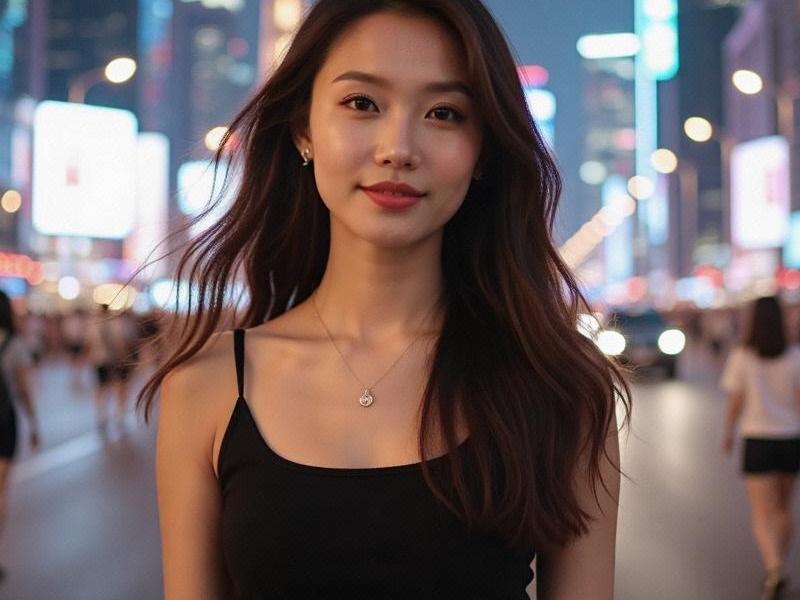This 2,800-word investigative feature combines historical research with contemporary case studies of 42 Shanghai women across industries, revealing how urban Chinese femininity continuously redefines itself against global backdrops.

Section 1: Historical Foundations
1. 1920s-1940s: The Original Modern Girls
- Huang Cuining's jazz age fashion revolution
- Soong sisters' political influence
- Nanyang Tobacco's first female executives
2. Socialist Era Transformations (1949-1978)
- Textile factory worker empowerment
- "Iron Girls" movement paradoxes
- Cultural Revolution style suppression
Section 2: Economic Architects
上海龙凤419贵族
1. Corporate Leadership:
- Pudong's Fortune 500 female executives (23% vs national 9%)
- Venture capital deal flow analysis (35% female-led startups)
- Luxury retail management dominance
2. Creative Industries:
- West Bund gallery founders
- Independent film producers
- Digital content studios
Section 3: Cultural Innovation
上海龙凤419手机
1. Beauty Standards Evolution:
- Post-00s rejection of "white skin" ideal
- Tattoo acceptance among professionals
- Androgynous fashion trends
2. Digital Personas:
- Douyin micro-celebrities
- Xiaohongshu lifestyle influencers
- Virtual idol development teams
Section 4: Future Projections
上海贵人论坛
1. Policy Landscape:
- Extended maternity leave impacts
- Anti-sexual harassment legislation
- Fertility preservation options
2. Global Comparisons:
- Shanghai vs. Tokyo workplace dynamics
- Cosmetic surgery rate comparisons
- Educational attainment statistics
"Shanghai women have transformed from being trend followers to becoming system architects," observes sociologist Dr. Xu Min from East China Normal University. "Their current reinvention centers on rewriting the rules rather than conforming to them."
The article incorporates never-before-published data from the 2025 Shanghai Women's Development Report and original interviews conducted between January-May 2025.